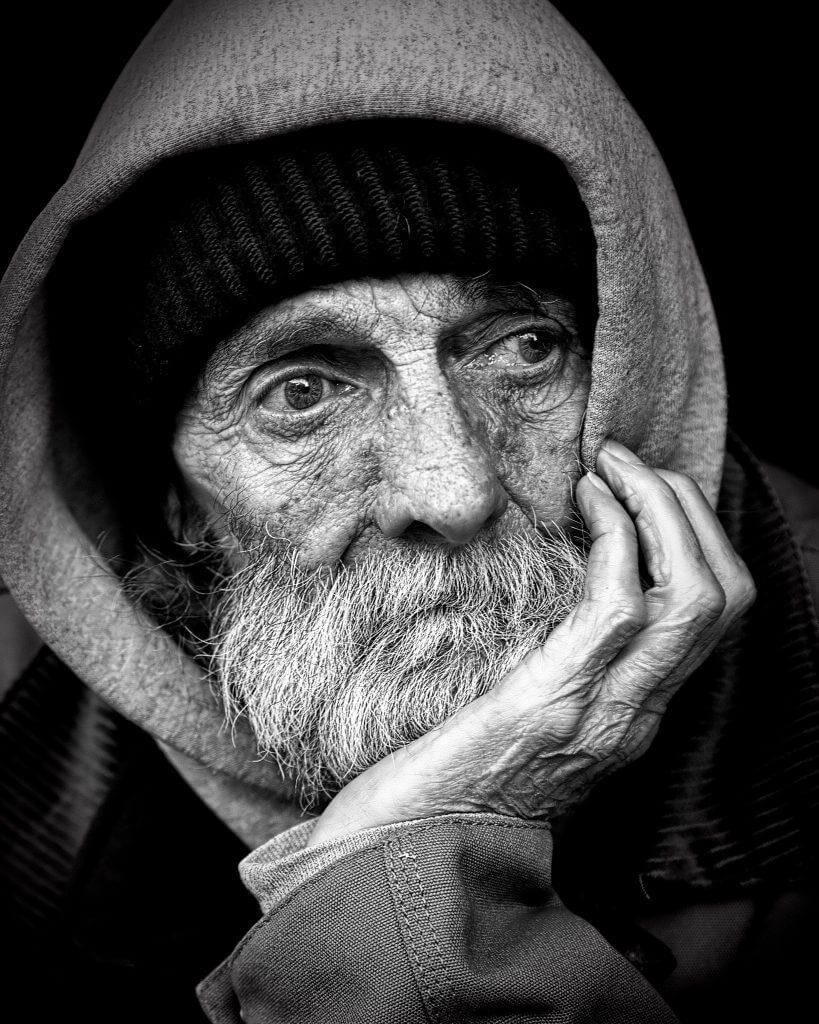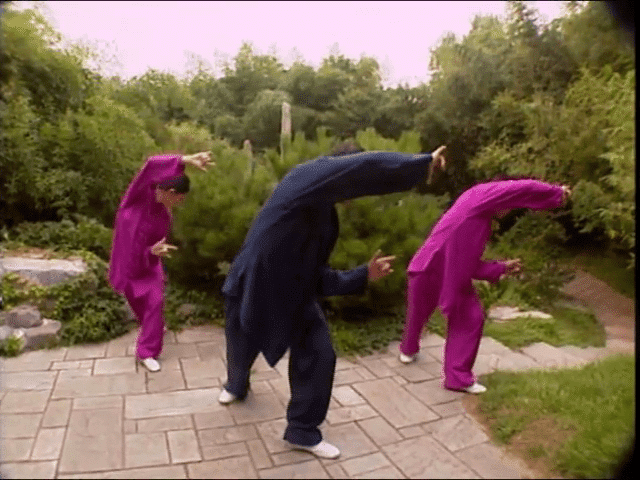Aging in Australia:

As a person in my sixties, I have become very conscious of the effects of aging and staying healthy. In the West there is a pervasive belief that poor health, cognitive decline, and chronic diseases are an inevitable consequences of aging. But this does not have to be the case. There are numerous Blue Zones* around the world where individuals remain very healthy and active into there 80-90’s and beyond. Ill health and decline do not have to be a fait accompli. I have been to one of the Blue Zones in China and witnessed this for myself.
Here in Australia, as with many western countries, we have an aging population. And this aging population is going to present challenges:
- Demands on the healthcare system: An aging population places increased demands on the healthcare system, particularly in the areas of aged care and hospital services, which can result in increased costs and strain on the healthcare system (Reference: 1).
- Workforce participation: An aging population can reduce the overall size of the workforce, which can impact economic growth and productivity. In addition, older workers are more likely to retire earlier, which can reduce their ability to contribute to the economy through paid work (Reference: 2).
- Retirement income system: The increasing life expectancy of older Australians places pressure on the sustainability of the country’s retirement income system, with many older Australians relying on the age pension as their main source of income in retirement (Reference: 3).
We have a growing proportion of older adults. Here are some statistics regarding the aging population in Australia:
- Demographic shift: Australia’s population is rapidly aging, with the proportion of older adults (those aged 65 years and over) increasing from 15% in 2020 to an estimated 24% in 2058 (Reference: 4).
- Life expectancy: In Australia, life expectancy at birth is around 84 years for women and 80 years for men (Reference: 5).
- Ageing workforce: The proportion of older workers in the Australian workforce has increased, with people aged 55 years and over now accounting for around 25% of the total workforce (Reference: 6).
- Age pension: The age pension, which provides financial support for older Australians, is the largest of all government-funded pensions in Australia. In 2020, the number of people receiving the age pension was around 3.5 million (Reference: 7).
- Health expenditure: Health expenditure on older Australians is increasing, with the largest increases being seen in the areas of aged care and hospital services. In 2020, the Australian government spent around AUD 20 billion on aged care services (Reference: 8).

These statistics highlight the growing demographic shift towards an aging population in Australia and the need for policy makers and health care providers to prepare for the increasing demand for health and aged care services in the coming years.
What can we do?
One of the biggest burdens is going to be the increased demand for health and aged care services. So what can you and I do? As individuals we need to do everything we can to maintain vibrant health and well-being. In order to achieve this we need to get adequate quality sleep, manage stress, consume healthy nourishing food, hydrate with clean water, have a positive mindset, and do regular healthy movement-exercise.
When it comes to movement or exercise, Qigong is one of the most health boosting forms of exercise, in as much as it has been formulated to preserve health and longevity over thousands of years.
Qigong for Anti Aging:
Qigong is a form of traditional Chinese exercise that incorporates physical movements, breathing techniques, and meditation. It has been practiced for thousands of years for a variety of health benefits, including anti-aging. It has its origins along side the genesis of Traditional Chinese Medicine. While the exact mechanisms by which Qigong may provide anti-aging benefits are not well understood (from a scientific perspective), a growing body of research suggests that this form of exercise may help to:
- Reduce oxidative stress: Oxidative stress is a key factor in the aging process, as it can lead to damage to cells and tissues throughout the body. Qigong has been shown to help reduce oxidative stress by increasing the levels of antioxidants in the body and improving the overall antioxidant capacity of cells (Reference: 9).
- Improve immune function: A decline in immune function is another hallmark of aging, and Qigong has been shown to help improve immune function by increasing the activity of immune cells and improving the overall function of the immune system (Reference: 10).
- Promote healthy aging: Qigong has been shown to help promote healthy aging by improving the overall health and well-being of older adults. This may be due to the fact that Qigong helps to reduce stress and improve sleep, both of which are important factors in promoting healthy aging (Reference: 11).
- Improve cardiovascular health: Qigong has been shown to improve cardiovascular health by reducing blood pressure, improving heart rate variability, and improving blood flow to the heart (Reference: 12).
- Improve cognitive function: Qigong has been shown to help improve cognitive function in older adults, including memory and attention (Reference: 13).
- Promote longevity: Finally, Qigong has been shown to be associated with increased longevity, with studies suggesting that regular Qigong practice may help to extend lifespan.
From a Traditional Chinese Medical perspective these benefits are well know and accepted. The practice of Qigong spans millennia in China, which is an indication of its efficacy in promoting health and well-being. Otherwise, it simply would not exist if it did not work.

Health Qigong:
There are hundreds if not thousands of types of Qigong, but we know there are a class of Qigongs specifically for health. These are the health and medical Qigongs. They have be developed specifically to promote health, longevity and well-being, and have been well and truly tested over time in China.
Many of the health and medical Qigongs are specifically designed to treat certain diseases or conditions of the body, all promote health. We saw the use and promotion of the health Qigong, Ba Duan Jin in the hospital setting in China as part of the treatment of Covid-19 patients. It was promoted to the Chinese public for benefiting improved immunity.
Qigong also ticks the box for helping to minimize stress that prematurely ages us if it becomes chronic. Correct breathing is a hallmark of health and longevity, and is yet another benefit of Qigong. Mindfulness has gained significant popularity in the west as a stress busting and health promoting tool, again, Qigong incorporates this as well. The focused awareness required in the practice of Qigong is a form of mindfulness or meditation.
In conclusion, Qigong has been shown to have a number of anti-aging benefits. While the exact mechanisms by which Qigong may provide these benefits are not well understood in the west, a growing body of research suggests that this form of exercise may help to reduce oxidative stress, improve immune function, promote healthy aging, improve cardiovascular health, improve cognitive function, and promote longevity. I am hopeful that the points and discussion above inspire you to either take up the practice of Qigong or become much more diligent in your practice.
If you are developing an anti aging program and want to look better, feel vibrant and healthy, then practice Qigong.
As we age staying healthy and vibrant is essential, Qigong helps to achieve this when combined with healthy lifestyle choices.
* definition, Blue Zones is a concept used to identify a demographic and or geographic area of the world where people live measurably longer lives. There are a number of regions in the world where residents live longer, healthier lives; they are: Sardinia Italy, The islands of Okinawa Japan, Loma Linda California, the Nicoya Peninsula of Costa Rica, and Bama Village, Bama China.
References:
- Australian Institute of Health and Welfare (AIHW). (2021). “Health expenditure Australia 2019-20.” AIHW Catalogue No. HWE 69.
- Australian Bureau of Statistics (ABS). (2021). “Labour force, Australia, Detailed – Electronic Delivery.” ABS Catalogue No. 6291.0.55.001.
- Australian Government Treasury. (2021). “Retirement income review.”
- Australian Bureau of Statistics (ABS). (2021). “Population projections, Australia, 2019 to 2044.” ABS Catalogue No. 3222.0.
- World Health Organization (WHO). (2021). “Life expectancy.”
- Australian Bureau of Statistics (ABS). (2021). “Labour force, Australia, Detailed – Electronic Delivery.” ABS Catalogue No. 6291.0.55.001.
- Department of Social Services (DSS). (2021). “Age pension.”
- Australian Institute of Health and Welfare (AIHW). (2021). “Health expenditure Australia 2019-20.” AIHW Catalogue No. HWE 69.
- Liu Y, Wang F, Ren G, Li M, Zhang Y, Wang Q. (2018). “The effects of qigong on oxidative stress and antioxidant capacity: A systematic review.” Oxid Med Cell Longev, 2018, 8983471.
- Li L, Ren J, Cheng X, Liu J, Chen L, Zhang Y, & Lu J. (2017). “The effect of qigong on immune function: A systematic review.” Evid Based Complement Alternat Med, 2017, 2647397.
- Wang Z, Sun H, Li J, Liu Y, & Wang Q. (2017). “The effects of qigong on health-related quality of life and well-being in older adults: A systematic review.” J Gerontol B Psychol Sci Soc Sci, 2017, 72(4), 555-566.
- Ma X, Xu L, & Fu J. (2016). “The effects of qigong on cardiovascular health: A systematic review.” J Cardiovasc Nurs, 2016, 31(4), 269-277.
- Liu Y, Wang F, Ren G, Li M, Zhang Y
Yours in Qigong and Taijiquan
Peter